Allocating Compliance Costs in a Commercial Lease
Compliance with applicable laws and regulations is a critical aspect of managing and occupying commercial real estate. These laws can cover a broad spectrum of issues, from safety and environmental standards to accessibility requirements like those under the Americans with Disabilities Act (ADA). As these requirements evolve, so too do the obligations and associated costs for landlords and tenants. This article explores the nature of compliance costs in a commercial lease, how these costs can be allocated, and the considerations involved in negotiating these responsibilities.
What Are Compliance Costs?
Compliance costs refer to the expenses incurred to ensure that a commercial property adheres to all applicable laws, regulations, codes, and standards. These can include federal, state, and local requirements, as well as specific industry standards. In the context of commercial leases, compliance costs often arise in several key areas:
1. Accessibility Requirements: Laws such as the ADA mandate that commercial properties be accessible to individuals with disabilities. This may include installing ramps, modifying restrooms, or ensuring accessible entrances and exits.
2. Building Codes and Safety Standards: These regulations encompass fire safety, structural integrity, HVAC systems, electrical systems, and more. Compliance may require regular inspections, maintenance, and sometimes significant upgrades or alterations.
3. Environmental Regulations: Environmental compliance can involve managing hazardous materials, ensuring proper waste disposal, and adhering to air and water quality standards.
4. Health and Safety Regulations: This category includes requirements for clean and safe working conditions, including compliance with Occupational Safety and Health Administration (OSHA) standards.
Allocating Compliance Costs in a Commercial Lease
One of the key aspects of negotiating a commercial lease is determining how compliance costs will be allocated between the landlord and the tenant. A well-structured lease clearly outlines these responsibilities, ensuring both parties understand their obligations and can plan accordingly.
1. Compliance at Lease Commencement
In many, but not all instances, the landlord bears the responsibility for ensuring that the property complies with all applicable laws and codes as of the lease commencement date. This means that any necessary upgrades, retrofits, or repairs required to bring the property into compliance as of the lease commencement date are at the landlord’s expense.
Rationale:
– Control and Investment: Landlords generally have control over the property and its condition before a lease begins. As the owners, they also have a vested interest in maintaining the building’s compliance and marketability.
– Initial Condition: In many instances, tenants enter a lease with the expectation that the premises are in compliance with appliable law and do not expect to incur any expense associated with remedying any existing nonconformance.
2. Compliance During the Lease Term
Once the lease has commenced, the allocation of compliance costs becomes more nuanced, often depending on the source of the compliance issue and the nature of the tenant’s use of the property.
General Compliance Requirements:
For alterations or improvements required due to changes in laws or regulations that would apply to any tenant or user of the space, the landlord typically remains responsible. This includes building-wide upgrades or modifications that are not specific to the tenant’s particular use of the premises. However, in many instances, especially where operating costs are ordinarily passed through from landlords to tenants, such as in the case of triple net leases, landlords may ultimately be able to pass these costs through to tenants.
Specific Use Requirements:
If compliance costs arise specifically from the tenant’s unique use of the premises, these costs are generally allocated to the tenant. For example, if a tenant’s business involves hazardous materials that require special handling or storage facilities, the costs associated with ensuring compliance with relevant laws would typically fall on the tenant.
Tenant-Driven Alterations:
Tenants often make alterations to the leased premises to suit their business needs. These alterations may require additional modifications to the building in order to bring it up to code whereas such modifications would not have been required, but for the tenant’s desire to perform such alterations. In such instances, a lease may provide that any compliance costs triggered by these tenant-initiated alterations are the tenant’s responsibility. This includes obtaining necessary permits and ensuring that the alterations meet all applicable codes and standards.
Negotiating Compliance Cost Allocation
During lease negotiations, it is crucial for both landlords and tenants to thoroughly discuss and agree upon the allocation of compliance costs. This includes considering the specific characteristics of the property, the tenant’s intended use, and the potential for future regulatory changes.
Landlord Considerations:
Landlords should consider the potential long-term implications of compliance responsibilities, particularly in older buildings or properties in jurisdictions with strict regulations. They may also negotiate for the inclusion of cost-sharing mechanisms or limits on tenant alterations that could trigger significant compliance costs.
Tenant Considerations:
Tenants should carefully assess their obligations and the scope of potential compliance costs. They may seek to negotiate limits on their responsibility for costs arising from new laws or unforeseen compliance requirements. Additionally, tenants should ensure that they understand the processes and requirements for any alterations they wish to make to the premises.
Conclusion
Addressing compliance costs in a commercial lease is a critical component of the leasing process. By clearly delineating the responsibilities of both landlords and tenants, a well-negotiated lease can prevent misunderstandings and disputes while ensuring that the property remains legally compliant and safe.
Ultimately, a clear understanding of compliance cost allocation protects both parties and contributes to a stable and productive leasing relationship, allowing tenants to focus on their business operations and landlords to maintain the value and safety of their property.



